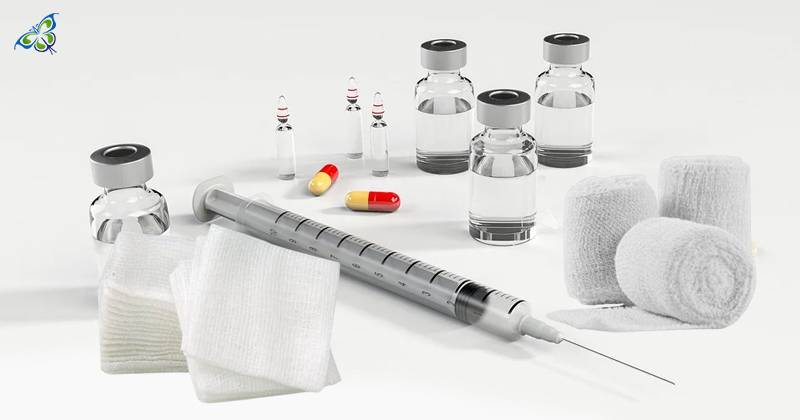
Hello
Select Address

Medical emergency-knowhow is one of the most important things that we tend to neglect; in fact, school kids should have a thorough knowledge of administering first aid; it should preferably be there in their curriculum. A medical gauze is one of the ingredients of the first aid box that we all should have in our homes at some accessible place! The common queries concerned with a medical gauze are:
What is a medical gauze?
Medical gauze is a white-colored bleached cloth or fabric used primarily in wound care dressing. Bandages, dressings, and surgical sponges are some of its widespread use. It is more commonly known as “4×4s” within the medical fraternity.
What are the different types of medical gauzes?
This product could be of different types depending upon:
There are other typologies too, such as sterile & no-sterile, plain & impregnated, and so on. The shape, size, and thickness of medical gauzes also determine their categories.
What are woven and no-woven gauzes?
A woven gauze is the one that has open weaves. They are loosely woven to allow fluids from the wound to be absorbed. The liquid is absorbed and usually passed through other absorbent dressing materials. A woven gauze should never be cut to suffice two or more dressing sessions. This is because, once you cut the gauze, the fibers are let loose; they may enter the wound and hamper the healing process.
Woven gauzes are again available in two variants – the fine mesh ones (those that are used for packing) and coarse-mesh gauze that are used in non-selective debriding (that is removing dead tissue or foreign objects from a wound)
Non-woven gauze – Non-woven gauze, as the name itself suggests, is simply an amalgamation of fibers that are pressed together; they look like a weave, but they are not. One general query is: do the strands not run the risk of staying behind in the wound? Since non-woven gauzes are mostly made of polyester, rayon or a mixture of these fibers, they are bulkier and stronger; they, therefore, tend to leave behind fewer threads while being removed from a wound, as compared to cut woven gauzes.
How do gauzes vary depending upon the type of dressing?
Different wound dressing variants require different types of gauzes. The three standard options have been discussed here.
1. Impregnated Dressings – gauzes that come saturated with medicated ingredients like petroleum jelly, iodine, antimicrobial solutions, etc.
2. Gauzes also serve the purpose of padding and protection. They are usually the cotton ones or a rubber and nylon mix; they have a fluffy dried texture that primarily protects the wound.
3. Gauze pad – A gauze pad is sometimes referred to as a sponge. It is merely a piece of gauze folded in square shape.
How were Gauzes used in traditional treatment procedures?
The traditional idea concerning gauzes that they are used in wet to dry wound treatments has long been changed. That process involved the application of the saline-moistened gauze to the wound; after this, the gauze pad would dry out (as the saline used to be absorbed by the injury in its healing process). This gauze pad (embedded in the wound by now) was then used to rip out all the dead and damaged tissues.
However, the latest medical research journals condemn the practice of using wet to dry gauze for wound healing treatments! Instead, the moist gauze treatment is preferred over the wet-to-dry procedure. Gauzes thus play a pivotal role in dealing with injuries.
This post intends to vividly discuss the purpose and use of medical gauzes and how they cater to a wide range of wound healing procedures like cleansing, packing, protecting, scrubbing the surface of the wound and so on. In a nutshell, the tightly woven ones are good to serve protection purposes, whereas the loosely woven ones are best for absorbency.
The most crucial thing to be kept in mind while using a medical gauze over a wound is that any amount of fiber retained in the injury can cause infection.